Exterior and Interior Design
With most earlier box makers often keeping to more conventional box opening designs, the Victorian makers started to think more creatively regarding this. With style, practicality, space maximization and indeed status in mind, these Victorian box makers began to make significant changes to the more standard box form that most people had been accustomed to for millenniums.
Boxes could feature lower and/or side drawers, front panels that dropped forward to reveal concealed drawers behind, and all manner of innovative cantilever and hinged mechanisms that almost ‘unfolded’ the boxes in front of one’s eyes. George Betjemann & Sons were particularly renowned for really pushing the limits of box design and took out patents on all their imaginative mechanisms.
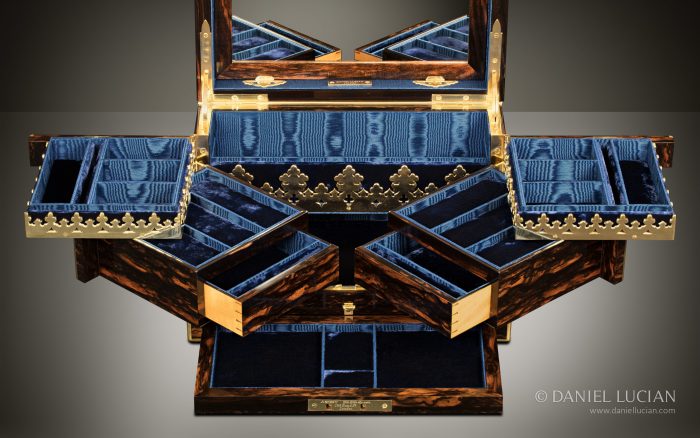
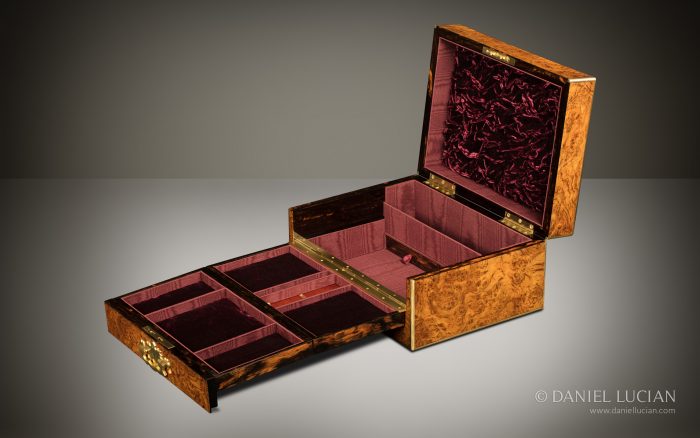
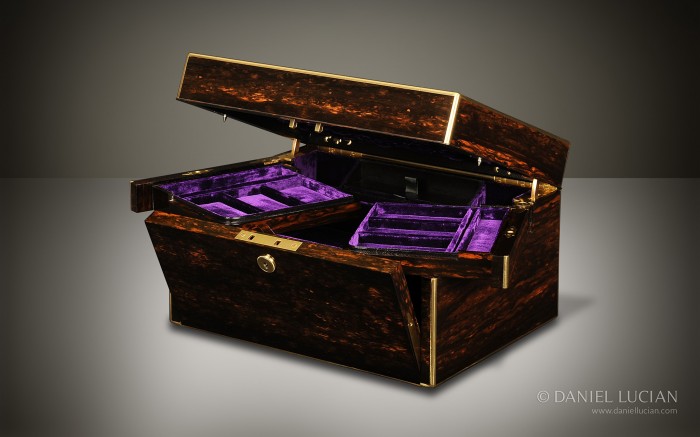
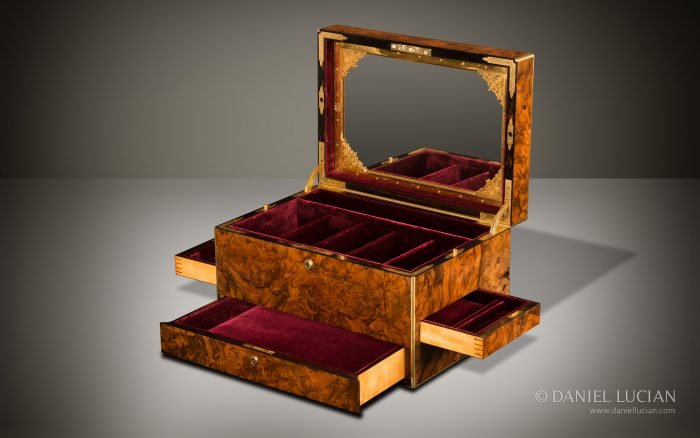
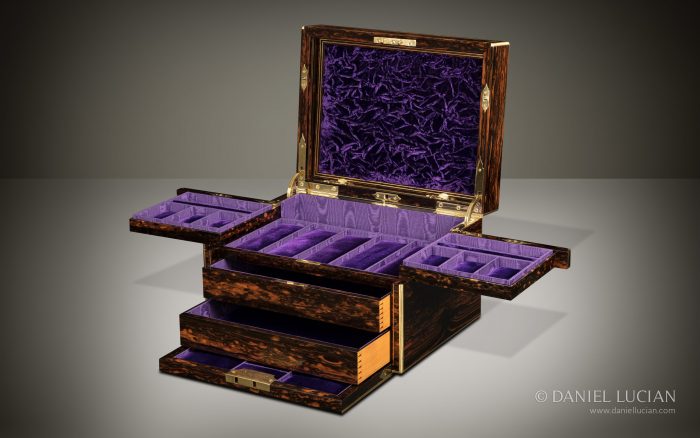
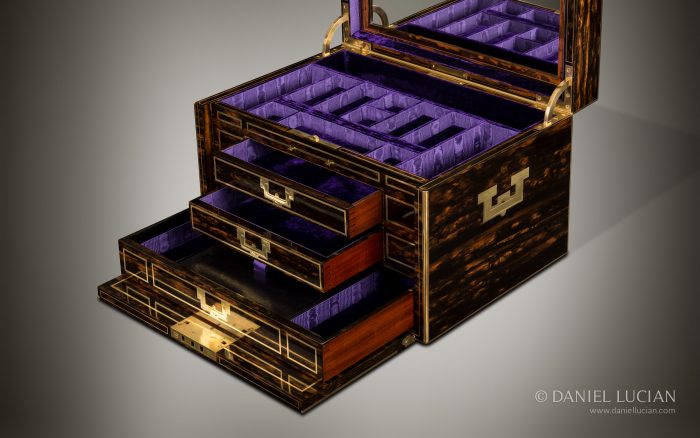
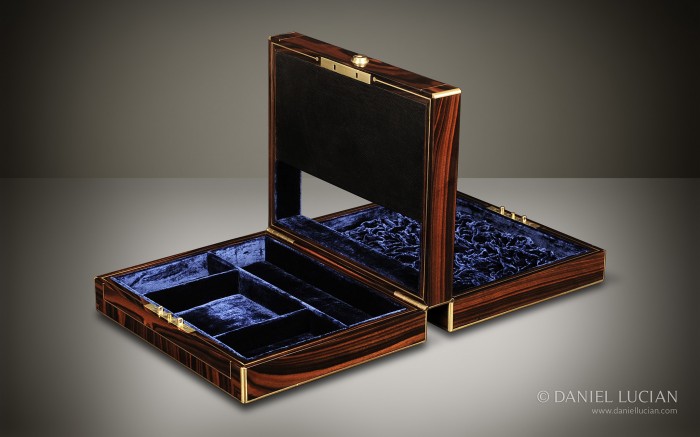
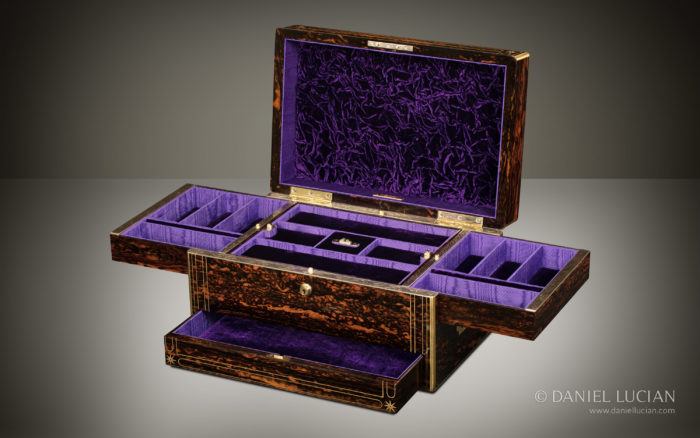
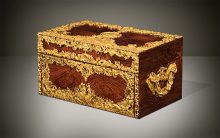 Price On Application
Price On Application